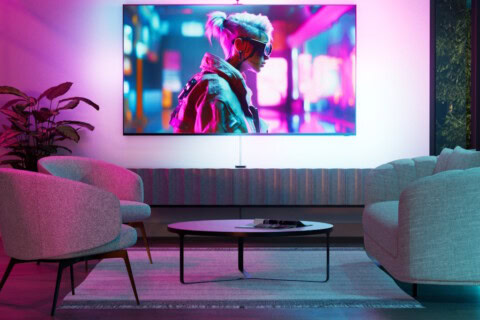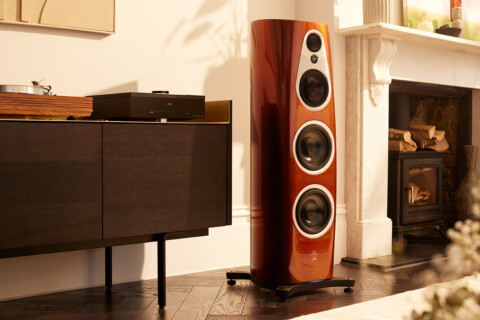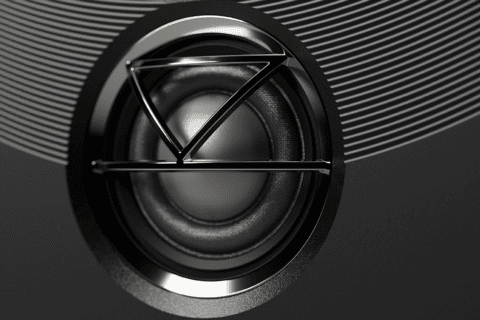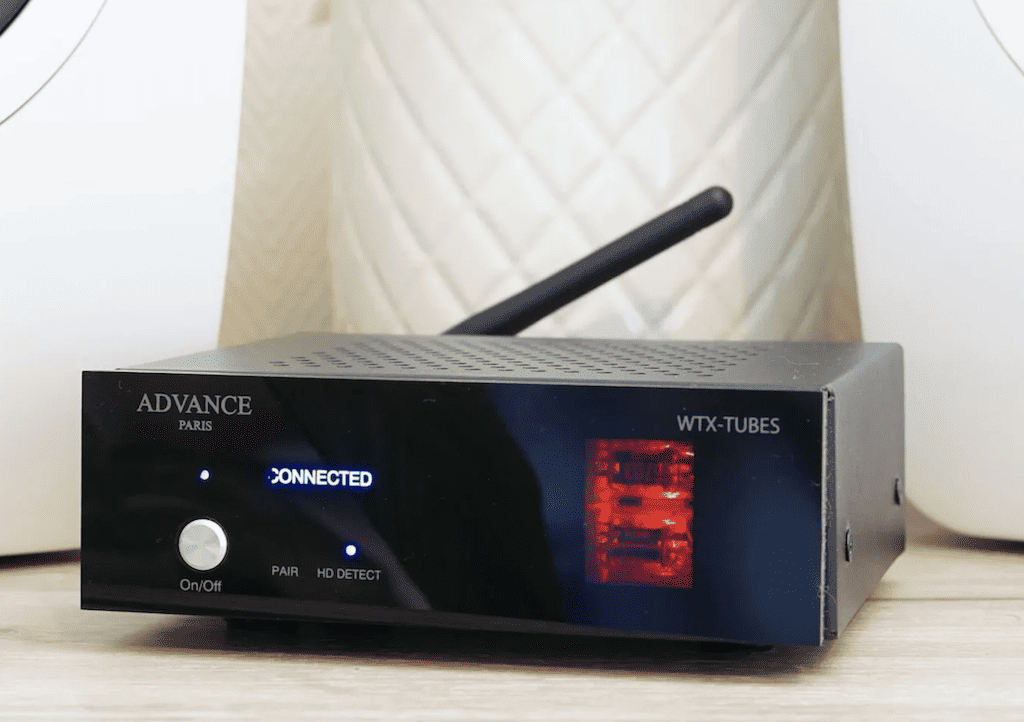‘What’s your position on positioning?’ asks DR RICHARD VAREY, in this very useful instruction on the easiest and cheapest way ever to get a better sound out of your system.
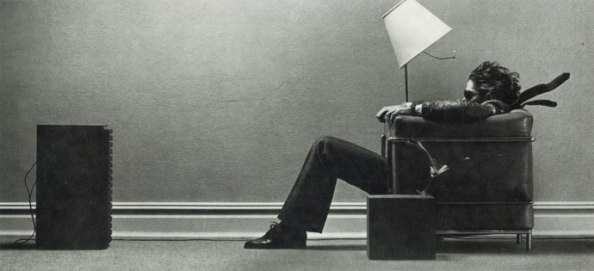
ONE OF THE MOST significant lessons I’ve learned over decades of bringing together, using and upgrading a home music system is that you’ve got to put your music in its proper place if you are to get the best music experience. [The other big one is that price doesn’t always signal quality, but that’s for another day.]
What’s your position on positioning? Top priority, afterthought, or don’t worry about it? How much of a big deal is the location of your audio equipment? Would you pay someone to optimise the positioning of your audio components? It might be worthwhile in terms of stability, feedback, micro vibrations, room coupling, and your experience of musical pleasure.
I know several experts who do this for clients, but can you do it yourself if you want to?
Since the advent of the personal computer as a domestic appliance, we’ve come to expect to plug-and-play, right? Surely we can just take our new toys from their cartons and plug them in and click the on switch? This is not so if you want the best music experience. There is actually much to consider and prepare as establishing a high performance home music system is complicated. Because of this, so often experimentation and adjustment is the only way to optimum listening pleasure. Component matching is crucial to get right, as is compatibility, and the convergence of computing and music seems to complicate things even more, yet this may not always be so. [I’ll also be writing about this soon.]
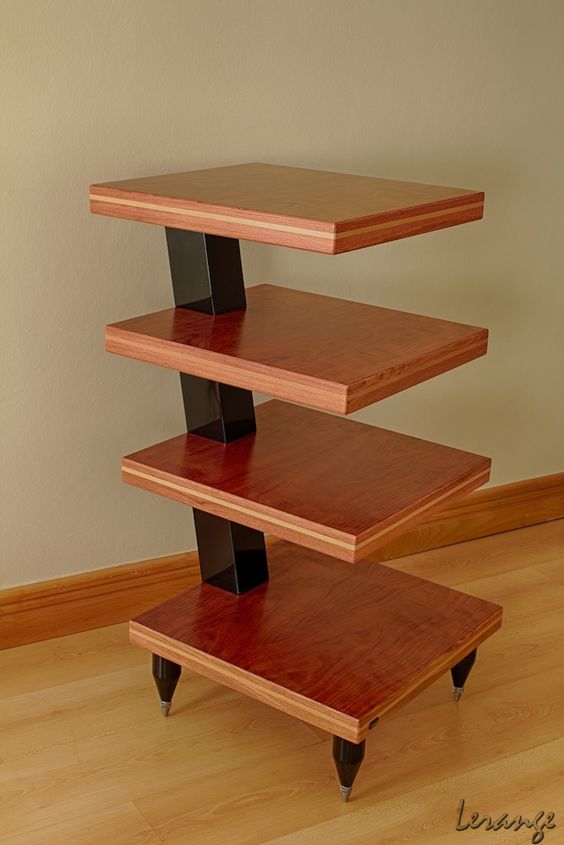
The most obvious concerns in assembling a home music system are component matching and interconnection. What is far less immediately obvious, but really on thoughtful reflection far more so, is the coupling of the system with the listening environment and the listener. Choice of location and willingness to move the system components can be crucial to performance and usability, yet will be compromised in many settings, perhaps unwittingly. So what to do? Where to begin?
My advice is to put your music in its proper place. Carefully match components to each other, and also very carefully match the system to the room. Consider options for placement of components in relation to the layout and furnishing of the room and in relation to each other. This is a complicated problem because they all interact. What I mean is audio components, room, and other contents, including listeners, influence and alter the sound quality produced. The complication can’t be avoided, and it’s often ignored, though it stems fundamentally from what the system does – propagating air pressure changes into a closed space containing a variety of objects – plaster, wood, glass, plastic, fabric, paper – flat, curved, thick, thin, fixed, stiff, flexing, static, moving, and so on. Each reflects, absorbs, and otherwise disturbs the sound waves. There are both electrical and mechanical interferences among the components and room. Before settling down to regular listening, it’s well worth trying different placings for each component, and moving, adding, and removing soft and hard objects. It can be surprising how much the room and furniture in combination have a sonic character that can be changed. Loudspeaker placement and choice of listening position have critical impact on your music experience.
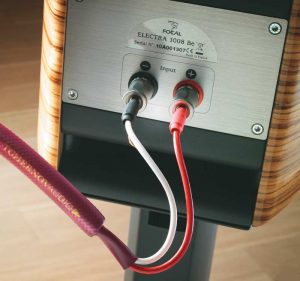
Here’s a few things to consider (this list is probably not exhaustive but will get you started). First thoughts usually go to electrical matters, but mechanical concerns are paramount. Take vibration – if doors and windows rattle, something is in the wrong place, and consider how this may be affecting the CD player or record deck. Even without high level sound waves causing vibration, all electrical equipment suffers micro-vibrations from AC power and magnetic fields, and even tiny effects can impair performance. Various damping products can take care of this. You shouldn’t hear footfalls when you walk across the floor as music is playing. Is the floor solid or suspended or floating? Does the floor bounce when you do?
Not surprisingly, speaker response matters much, since how the drivers couple with the air in relation to walls and floor, and how the stereo image is rendered at the listening spot (at the apex of an equilateral triangle) creates the music experience. Small speakers are often mounted on stands, and floorstanders can benefit from plinths that raise them and couple them appropriately to the floor. Next take care of eliminating feedback. Avoid sound waves hitting the phono pickup, especially in the bass range. Even if not readily apparent, this interference will impair clarity and realism.
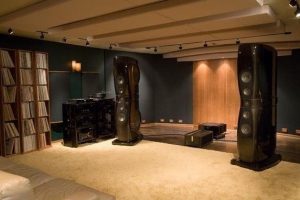
Room acoustics and resonances are a big issue. Consider the size and shape of the room when positioning equipment, especially mechanical transducers such as pickup cartridge and speakers. What did it sound like when talking before all the furnishings were put into the room? The sonic character of the room will affect the realism with which recorded music can be rendered. Can you move or add or remove furnishings to balance the sound? Curtains are good for ‘softening’ reflections from large windows and wall surfaces. Also give thought to the power supply. Where are the power sockets and how many do you need to avoid using multi-adaptors. How can you conceal cables and avoid crossing walkways? Then interconnects are the vital link among components. To avoid introducing interference and other noise use the shortest cables and avoid crossing power supply cables with signal cables. Plan room layout so that wireless signal strength is sufficiently strong and reliable, and Ethernet cable access is adequate.
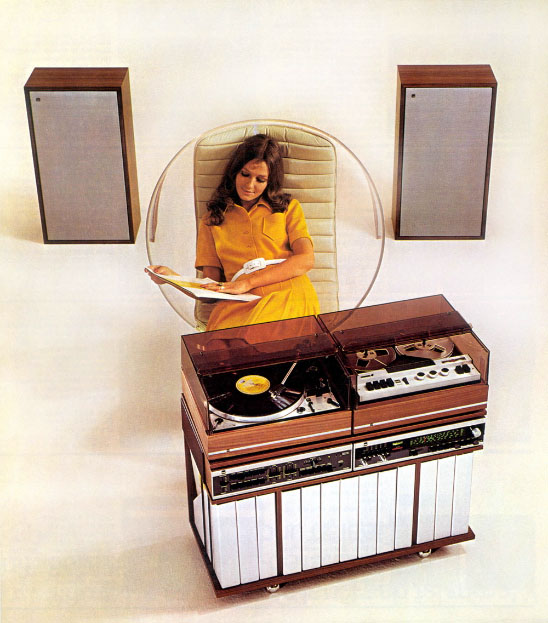
Some housekeeping can enhance the music experience by keeping things tidy and in pristine condition. Use stands, racks, shelves, and plinths that isolate the components from micro-vibrations using dampers, and ensure everything is level. Is disc storage big enough, strong and stable enough, and expandable? Cable runs need to be tidy.
When configuring or improving the layout of a system, some accessible tools are available for smartphones and tablets, PC, and on disc, including speaker location analysis (JBL SpeakerPro, SpeakerAngle), audio spectrum analysers and sound level meters that help with fine-tuning bass response, and conditioning that corrects for room acoustics (Sound Balance Assistant, RTA Audio, Dirac), critical listening training (Chesky Ultimate Demonstration Disc, and others from Harman, Naim, Reference Recordings, etc), and hearing tests (e.g. Siemens). Look also for ebook and print guides on hi-fi setup. There are a vast number of blogs, discussion forums, and websites offering advice and recounting experiences.
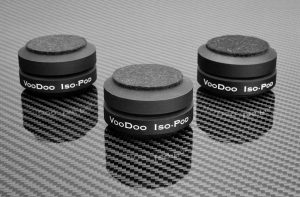
My advice is that time and energy spent trying out locations and positions for equipment will be an investment in system ‘tuning’ that will deliver a best listening setup and all the pleasure of realistic music experience, without costly component upgrades. You don’t need to be an electronics engineer or physicist to solve the problem of system performance optimisation. You just need to be willing to experiment with locations and positions, and to extend a critical ear to your listening. Real estate agents always talk about location, location, location. I think it also is crucial in home audio. The best value music system enhancement is in your hands. DR RICHARD VAREY






